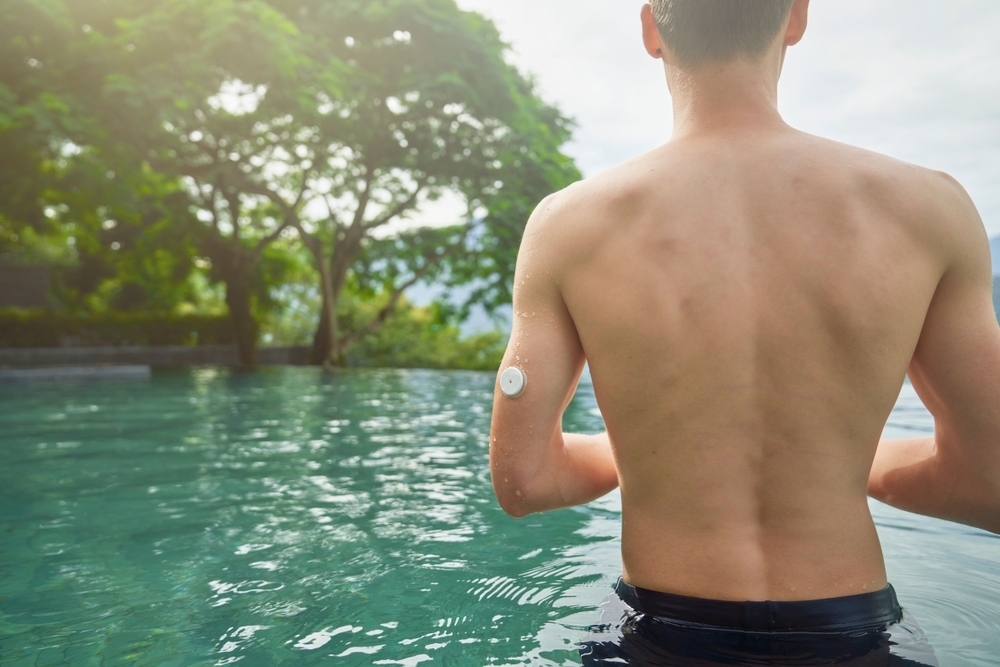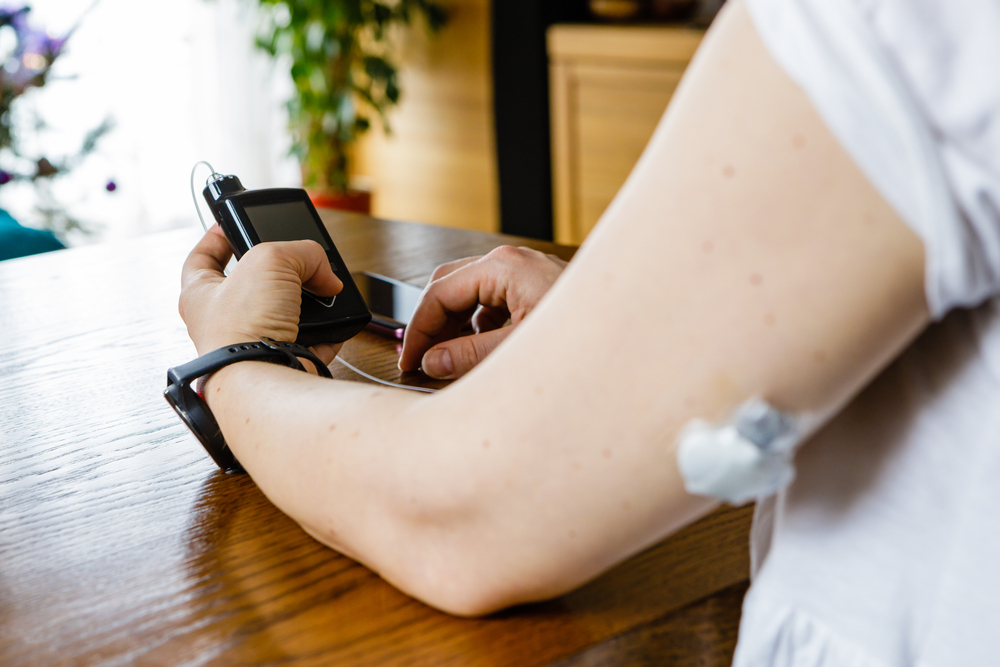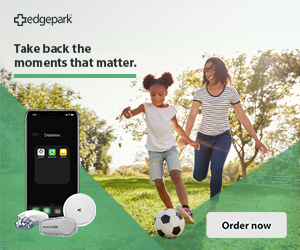The future of diabetes technology: Continuous glucose monitors
The future of diabetes technology looks bright — especially in terms of glucose monitoring technology.
It's amazing to think of how far continuous glucose monitors (CGMs) have come since their inception. The first CGM I ever heard of was the GlucoWatch, and it was technically called an "Automatic Glucose Biographer" after being approved by the FDA in 2002. According to a report published by the American Diabetes Association, "This device was worn as a wristwatch using 'reverse iontophoresis' to stimulate the secretion of subcutaneous fluid, from which glucose was measured using an electrode."
Basically, it burnt through the skin a bit. That didn't feel great, but it was the best option available at the time!
The history of CGM technology
The first diabetes device that read blood glucose levels continuously was called a Continuous Glucose Monitoring System and was manufactured by Medtronic MiniMed. Patients couldn't see their data, however, as data was only available for clinicians to download and review after three days of wear.
I got my first CGM — the Dexcom STS CGM System — in 2006. The transmitter worked for three days, the receiver was a separate (and external) device and you had to wear an adhesive patch over the sensor when showering or bathing. It didn't give glucose results I could dose insulin off of but instead provided what I called "glucose gists," meaning it gave me a ballpark idea of what my glucose was doing, including trend arrows.
Fast forward 14+ years and it's clear that the future of diabetes technology has come a long way from the GlucoWatch and the Dexcom STS. Today's CGM technology is smaller, leaner and more accurate, with improved wearability and interoperability. CGMs are now able to communicate directly with insulin delivery devices, while algorithms work to make insulin dosing decisions.
What's currently available
Dexcom currently offers G6 sensor technology. This system includes a factory-calibrated sensor (meaning you don't need to do fingersticks to calibrate the tech) and offers customizable alerts for high and low blood sugar thresholds. It also provides the ability to share diabetes data with up to 10 followers and is compatible with Dexcom's Clarity software and smartphone app for data review. In terms of accuracy, the Dexcom CGM systems' readings are often within 9% of lab work blood sugar results.
Medtronic currently offers the Guardian Connect device, which can be used in combination with the company's insulin pump systems or as a stand-alone CGM. The sensor can be worn for up to seven days and includes Bluetooth connectivity, sending glucose readings to the pump or smartphone app every five minutes. This device is approved for patients 14 to 75 years old. Regarding accuracy, the Medtronic system is within 10% of lab-tested values.
Abbott Diabetes Care currently offers their FreeStyle Libre CGM, which is a small, round sensor inserted on the upper arm that is scanned or swiped by a handheld receiver or smartphone app to get blood sugar results. The sensor is factory calibrated, approved for 14 days of wear and is scannable through clothing. It is approved for patients over 18. Accuracy is within 10% of lab values.
What's coming next
COVID-19 has delayed progress in research and clinical trials, but diabetes innovation soldiers on, albeit at a modified time frame. Here's what's potentially next in CGM tech:
- Dexcom is targeting a 2021 launch for its up-next G7 model, boasting extended wear of 14 to 16 days per sensor with no fingerstick calibrations required. It will also have a thinner profile than the G6 model. The G7 CGM will also be fully disposable, meaning that there will not be a separate sensor and transmitter but instead a fully integrated device.
- The Freestyle Libre 2 is in the pipeline and will include alarms for blood sugars that are out of range, which will prompt a fingerstick request to confirm hypo and hyperglycemia. The Libre 2 will include Bluetooth connectivity, allowing for future integration into automated insulin delivery systems. The device has been approved by the Food and Drug Administration and can be used by children ages four and up.
- Medtronic has plans to release a next-generation CGM (referred to in trials as Project Zeus), which will require calibration fingerstick(s) on the first day of wear. This results in a reduced number of required fingerstick calibrations throughout the sensor wear, and the device will have accuracy superior to their current Guardian Sensor 3.
Past diabetes tech offerings were innovative but clunky, hard to wear and difficult to cover with commercial insurance. But the future of diabetes technology looks exciting, with devices helping to make diabetes less intrusive and daunting and more manageable.
Looking to research these CGMs with the hope of adding one to your diabetes management toolbox? Visit the Edgepark website for more insight into the devices and to place an order.




